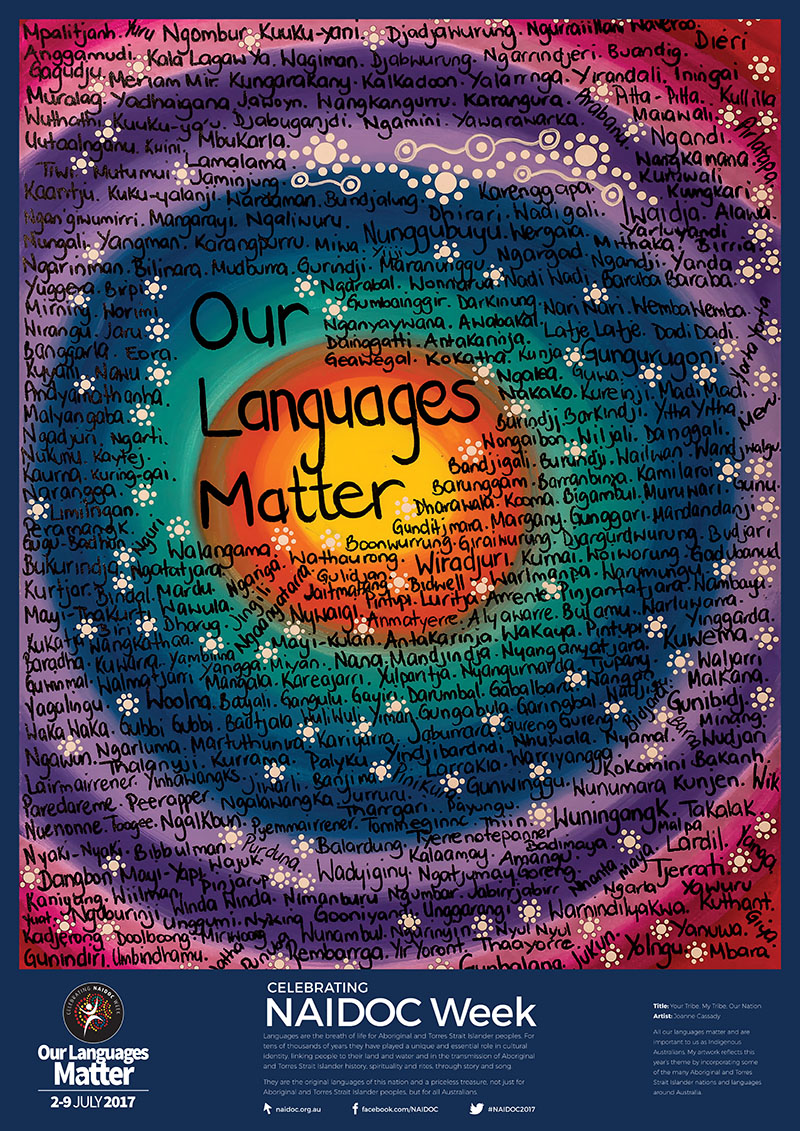The Dictionary of Sydney was archived in 2021.
Barangaroo
 NAIDOC Week is in full swing, celebrating the history, culture and achievements of Aboriginal and Torres Strait Islander peoples so we thought we'd take the opportunity to celebrate someone a very powerful woman in Sydney’s history - Barangaroo.
Listen now Barangaroo was a Cameragal woman, from the country around North Harbour and Manly. Professor Grace Karskens notes in her entry on Barangaroo in the Dictionary, that she was probably a part of a group of Cameragal women who met the ‘Berewalgal’ (people from a distant place) at Manly in February 1788.
The British officers first met Barangaroo in 1790, and found her striking and intimidating.
Barangaroo had survived the deadly smallpox epidemic of 1789 which had decimated the Eora population, and because of this was one of a reduced number of older women who had the knowledge of laws, teaching and women's rituals.
NAIDOC Week is in full swing, celebrating the history, culture and achievements of Aboriginal and Torres Strait Islander peoples so we thought we'd take the opportunity to celebrate someone a very powerful woman in Sydney’s history - Barangaroo.
Listen now Barangaroo was a Cameragal woman, from the country around North Harbour and Manly. Professor Grace Karskens notes in her entry on Barangaroo in the Dictionary, that she was probably a part of a group of Cameragal women who met the ‘Berewalgal’ (people from a distant place) at Manly in February 1788.
The British officers first met Barangaroo in 1790, and found her striking and intimidating.
Barangaroo had survived the deadly smallpox epidemic of 1789 which had decimated the Eora population, and because of this was one of a reduced number of older women who had the knowledge of laws, teaching and women's rituals.
 Aboriginal woman with her baby, in a canoe fishing with a line c1805 , from album 'Natives of New South Wales; drawn from life in Botany Bay' Courtesy Mitchell Library, State Library of NSW (a1267013 / PXB 513, f.12)
Aboriginal woman with her baby, in a canoe fishing with a line c1805 , from album 'Natives of New South Wales; drawn from life in Botany Bay' Courtesy Mitchell Library, State Library of NSW (a1267013 / PXB 513, f.12)
 Fish hooks of New South Wales and a feather of the cassowary c1789 from from 'Journal of a voyage to New South Wales' 1790 by John White Courtesy Mitchell Library, State Library of NSW (a2089433 / MRB/ Q991/ 2A2)
Fish hooks of New South Wales and a feather of the cassowary c1789 from from 'Journal of a voyage to New South Wales' 1790 by John White Courtesy Mitchell Library, State Library of NSW (a2089433 / MRB/ Q991/ 2A2)
Categories
Blog
2ser
Aboriginal history
Barangaroo
fishing
NAIDOC
Nic Healey
Nicole Cama
sydney history
women

